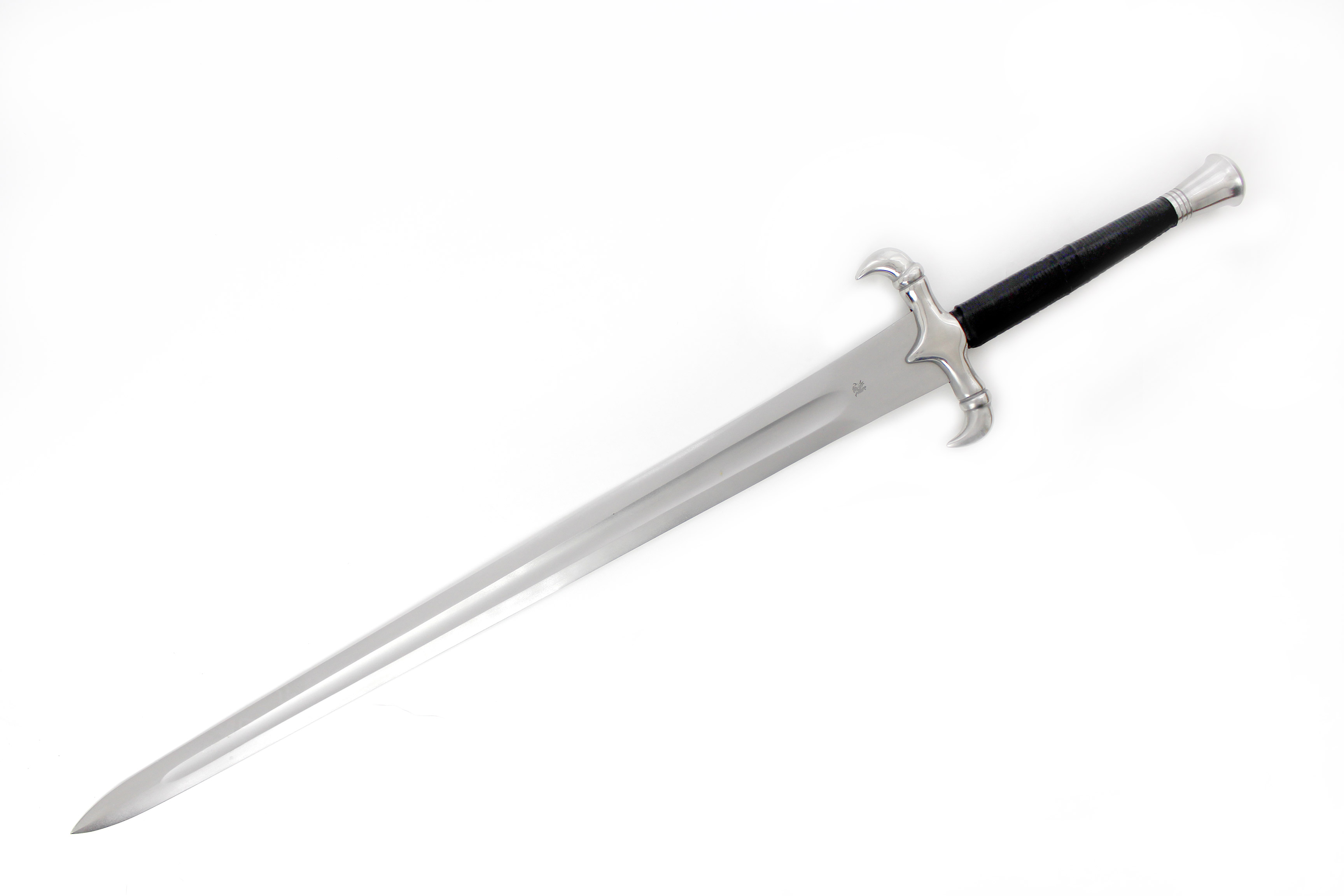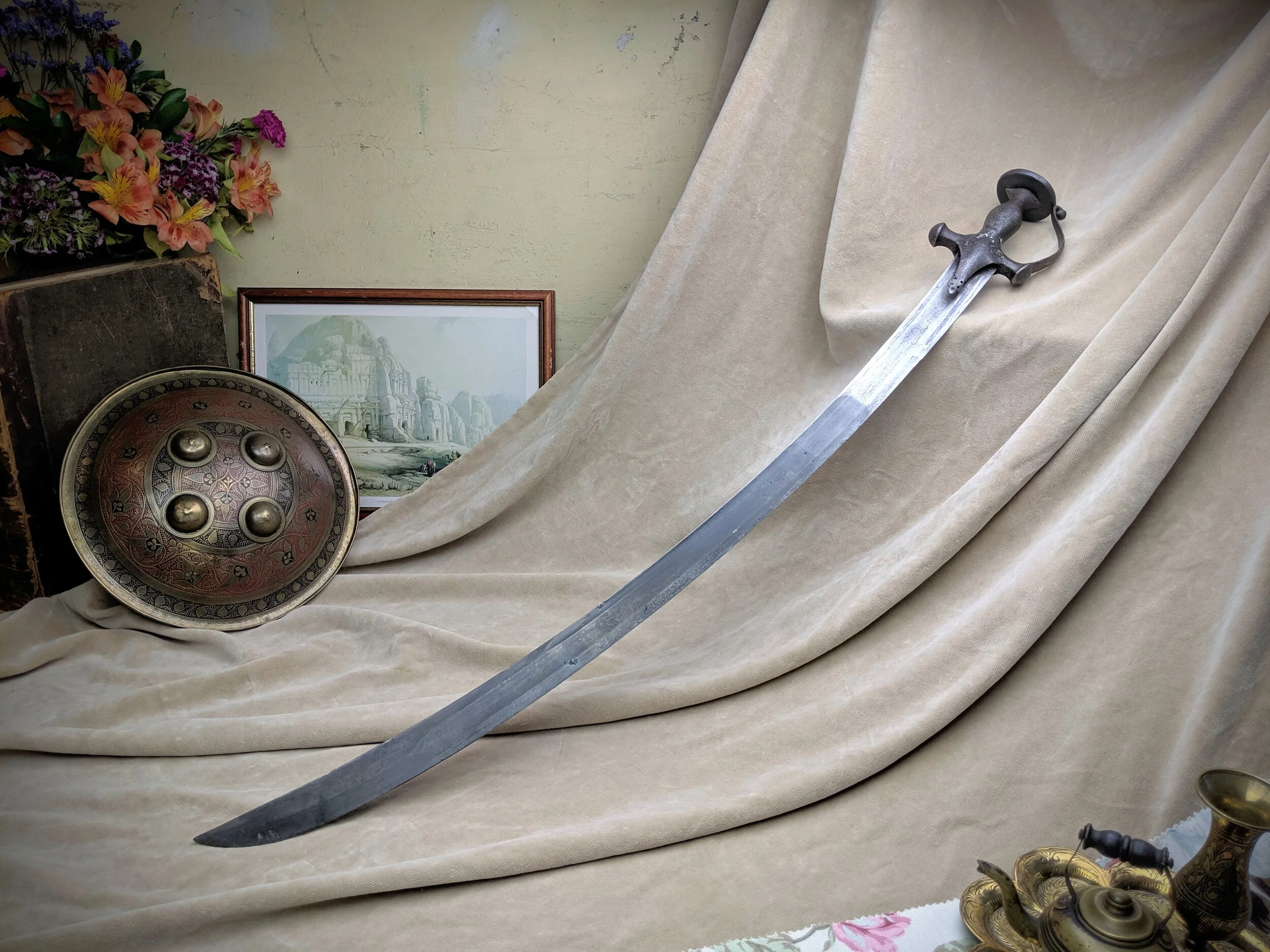Definition and History: Sword Definition

Sword definition – A sword is a cutting or thrusting weapon with a long, straight blade. It is typically made of metal, although some swords have been made of other materials, such as wood, bone, or ivory. Swords have been used for centuries, and they have played a significant role in many cultures.
A sword, a weapon of steel with a sharp edge, has been a symbol of power and honor for centuries. In the modern world, swords have taken on a new meaning as a symbol of wordplay and strategy. Wordle NYT , a popular online word game, has captured the imagination of millions with its daily puzzles.
Like the swords of old, Wordle NYT challenges players to wield their vocabulary and logic to solve a five-letter word in six tries. The game has become a daily ritual for many, a reminder that even in the digital age, the power of words remains sharp and enduring.
There are many different definitions of a sword, but they all share some common features. First, a sword is typically a long weapon, with a blade that is at least 2 feet long. Second, a sword is typically a straight weapon, with a blade that is not curved. Third, a sword is typically a sharp weapon, with a blade that is designed to cut or thrust.
The sword, a weapon of war, has been used for centuries to inflict wounds and protect life. Its sharp blade, honed to a fine edge, can cut through flesh and bone with ease. But in the realm of the absurd, where the mundane meets the bizarre, there exists a place where swords are used for a far more peculiar purpose—the umbrella pit.
This enigmatic pit , said to be located in the depths of a forgotten forest, is a place where umbrellas are impaled upon swords, their colorful canopies forming a surreal tapestry of forgotten rain.
Historical Evolution of Swords
The earliest swords were made of bronze, and they were first developed in the Middle East around 3000 BC. These early swords were short and straight, and they were used primarily for thrusting. Over time, swords evolved to become longer and more curved, and they began to be used for both cutting and thrusting.
The development of steel in the 14th century led to the creation of even more powerful and durable swords. Steel swords were able to hold an edge better than bronze swords, and they could also be made thinner and lighter. This made them ideal for use in warfare, and they quickly became the weapon of choice for soldiers around the world.
Types of Swords
There are many different types of swords, each with its own unique features and cultural significance. Some of the most common types of swords include:
- The longsword is a two-handed sword that was used by knights in the Middle Ages. It is typically between 4 and 5 feet long, and it has a straight, double-edged blade.
- The katana is a Japanese sword that is typically used for cutting. It is typically between 2 and 3 feet long, and it has a curved, single-edged blade.
- The rapier is a thin, thrusting sword that was used by duelists in the Renaissance. It is typically between 3 and 4 feet long, and it has a straight, double-edged blade.
Anatomy and Components

The anatomy of a sword consists of several key components that determine its overall functionality and performance. Understanding these components is essential to appreciate the craftsmanship and design that goes into creating these iconic weapons.
Blade
The blade is the primary cutting or thrusting element of the sword. It is typically made of high-quality steel or other durable materials that can withstand the rigors of combat. The blade’s shape, length, and cross-section vary depending on the intended purpose of the sword. For example, a slashing sword like a saber often has a curved blade, while a thrusting sword like a rapier has a straight and narrow blade.
Hilt
The hilt is the part of the sword that provides the user with a secure grip. It consists of several elements, including the grip, pommel, and guard. The grip is typically made of wood, leather, or other materials that offer a comfortable and non-slip surface. The pommel is the weighted end of the hilt that helps balance the sword and provides a counterweight for the blade. The guard protects the user’s hand from the opponent’s blade and can vary in shape and design.
Scabbard
The scabbard is a sheath that houses the sword when it is not in use. It protects the blade from damage and keeps it sharp. Scabbards can be made of various materials, including leather, wood, or metal. They often feature intricate designs and decorations that reflect the cultural and historical context of the sword.
Types and Styles

Swords, throughout history, have evolved into a diverse array of designs, each tailored to specific combat styles and regional preferences. These variations can be broadly classified based on blade shape, construction, and intended purpose.
One fundamental distinction lies in the blade’s edge configuration. Single-edged swords, with a sharp edge on one side and a blunt back on the other, provide exceptional cutting capabilities while maintaining structural integrity. Examples include the iconic Japanese katana and the European longsword.
Double-Edged Swords
Double-edged swords, with sharpened edges on both sides, offer greater versatility in both cutting and thrusting attacks. The Roman gladius and the Chinese jian are prime examples of this design, renowned for their lethal efficiency in close combat.
Curved Swords, Sword definition
Curved swords, with their distinctive crescent-shaped blades, excel in delivering powerful slashing blows. The Middle Eastern scimitar and the Indian talwar exemplify this type, their curved geometry allowing for both sweeping cuts and precise thrusts.
Beyond these primary classifications, swords can be further categorized based on their length, weight, and specific regional characteristics. The intricacies of these variations are a testament to the rich cultural heritage and martial traditions that have shaped the evolution of this timeless weapon.
The sword, a weapon of steel with a sharp edge, has been wielded by warriors throughout history. In modern times, the sword has found a new life in the digital realm, where it can be wielded in the online game wordle nyt.
In this game, players must guess a five-letter word within six attempts, using clues from previous guesses. The sword, with its sharp edge, can be used to cut through the fog of possibilities, revealing the correct word.
A sword, a sharp-edged weapon used for cutting or thrusting, has been a symbol of power and warfare throughout history. Its blade, often made of steel, can vary in length and shape depending on its intended use. But beyond the realm of battle, the sword has also found its way into the world of imagination, as evidenced by the curious tale of “Marsupial Winnie the Pooh,” a bizarre yet endearing literary creation that reimagines the beloved children’s character as a kangaroo with a penchant for honey.
In this whimsical realm, the sword, once a tool of conflict, becomes an unexpected element in a story of friendship, adventure, and the boundless power of imagination.
The sword, a weapon of great power and significance, has been a symbol of both destruction and protection throughout history. In the hands of a skilled warrior, it could be used to conquer nations and defend the innocent. Like the sultry melodies of Rihanna’s songs , the sword could evoke both fear and desire.
It is a testament to the enduring legacy of the sword that it continues to fascinate and inspire us today, whether in the pages of a book or on the silver screen.